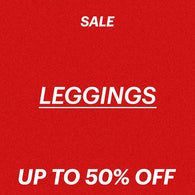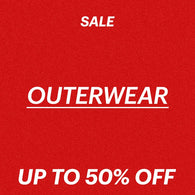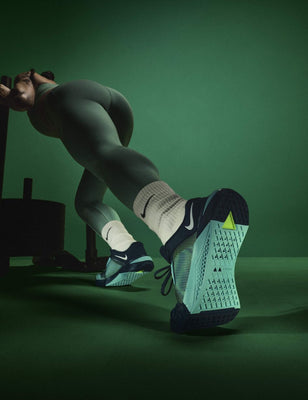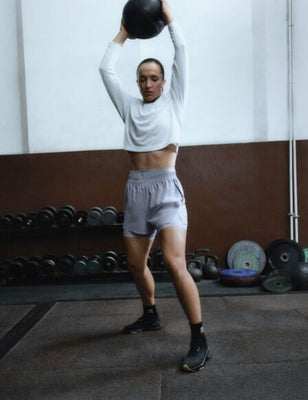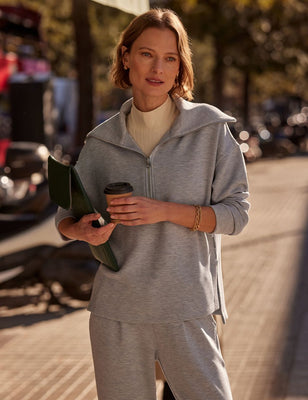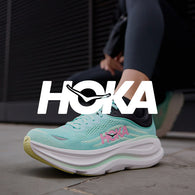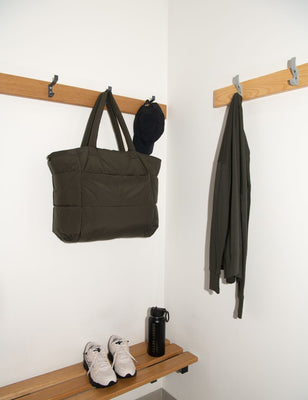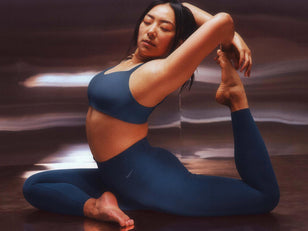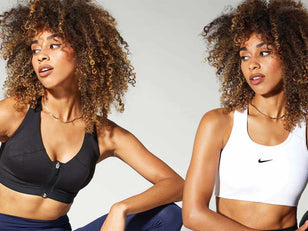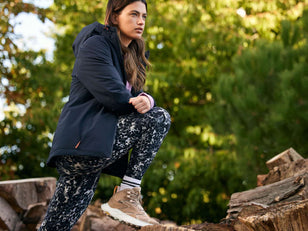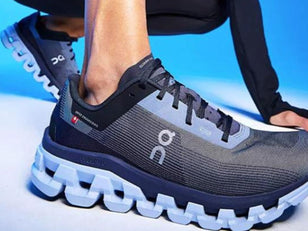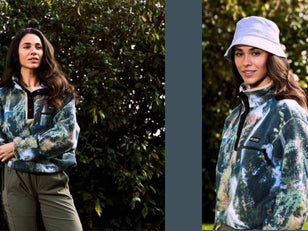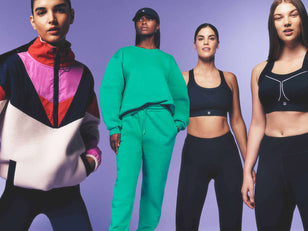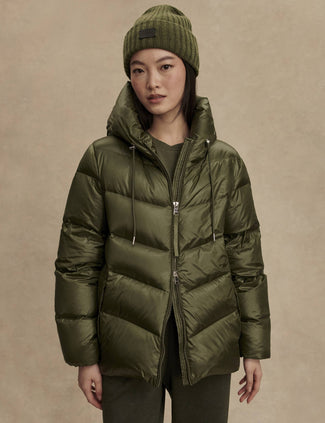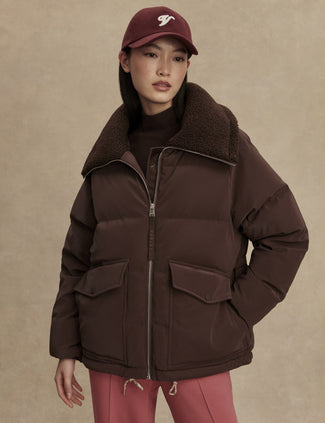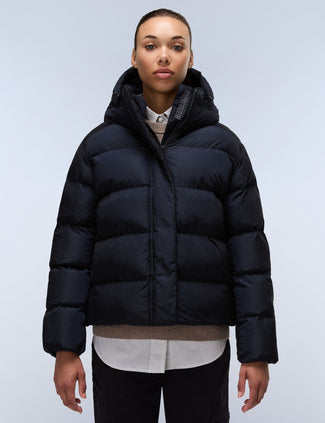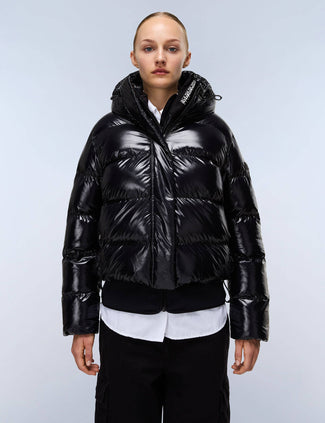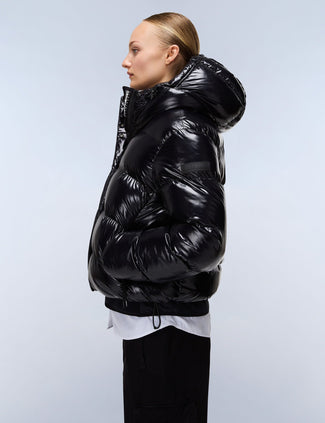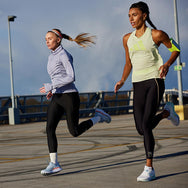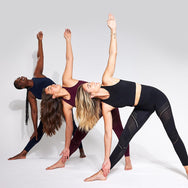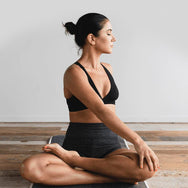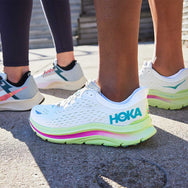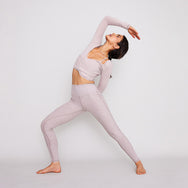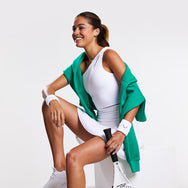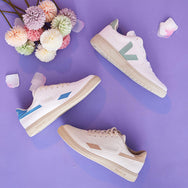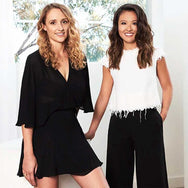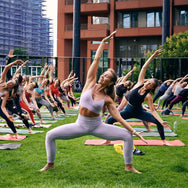Words by Ben Woodcock
Thirty years ago, the task of finding a running shoe perfect for your goals, your build and your comfort was a much more difficult prospect than it is today. Now, you have an infinite choice of endless styles and colourways of runners which presents you with a different problem; which one to buy!
As there are so many options and so many different brands competing for your hard-earned money, you need to find which pair is right for you. The reality is, not all of them will be, despite their undoubted high level of quality and technical aspects.
HOW TO FIND YOUR RUNNING SHOE
Research your options
The first step you can take to finding the right running shoe is to conduct some of your own research. No need to spend hours of your time examining every single description of the newest runners on the market.
Through little bit of reading into the different styles of running shoe (more on styles later) will set you in good stead to avoid ones which will cause you discomfort and instead help you pick a pair to help you smash your 5km PB.
Researching your options may be as simple as digging out training shoes that have served you well in the past, if you find that certain brands or models have worked better for you than others before then perhaps stick with what you know best. Most brands follow a certain style across different purposes from technical runners to casual off-duty trainers.
Check out the reviews
Reviews are also a great, and quick method of research. Have a gander at what others have said about a running shoe before you add them to your cart or head to the checkout.
While everybody is slightly different in terms of their foot shape and running gait, if there is an extremely popular option, they are probably a safe bet, particularly if you are on the hunt for your first pair of running trainers.
If you’re a more experienced runner you perhaps have a better idea of what works for you anyway, in which case reviews are still a good guide to finding the most suitable option.
Find your fit
Don’t fall into the trap of thinking the most expensive running trainer on the market, will be the best for you. It isn’t always the case. Instead you need to find the one which will suit you and your individual needs the best.
Perhaps injury has always discouraged or prevented you from running workouts in the past. Good news, in the last decade we have seen a boom in running shoes with maximum support, especially for those that naturally overpronate when they run and walk.
Stability running shoes
Stability running shoes are a great option for those who tend to overpronate on their footfall. Overpronation is when the foot continues to roll inward after landing and for runners this can cause stresses such as plantar fasciitis and Achilles tendonitis.
Don’t fear if when you take them out of the box, they feel slightly heavier than the average running trainer, the added weight is in the extra foam cushioning to help soften the impact on your joints.
If overpronation isn’t something you’ve ever struggled with, maximum support running trainers probably aren’t your go to and may feel unnecessarily cumbersome. Despite this, if you haven’t run for a longer spell, you might still want to feel the benefit of added stability.
Many running shoes you see as you scroll through a plethora of choices online will be stability shoes, as some of the biggest brands in the space offer these in their range. They are a safe option for pretty much anyone! But if you don't need a stability shoe, you may prefer something a little lighter. Let's take a look a neutral options.
Neutral Running Shoes
The next style of running trainer to bear in mind is the neutral shoe, which provide little support in comparison to the aforementioned option. Which isn't to say these aren't supportive, it's simply a neutral ride relative to one that is specifically built for extra support. The cushioning within the sole is unchanging from heel to toe.
Unless otherwise labelled, most running shoes will fall into the category of a "neutral shoe". If you’re an experienced runner already confident in forefoot/midfoot striking then neutral shoes may be a bit of you, even if you haven’t tried them before.
In fact, running with a neutral shoe may even encourage you to avoid heel striking as it doesn’t possess the dense heel support most running shoes do.
KNOW THE FEATURES YOU LIKE (OR DON'T)
There are also other themes of a running shoe you should pay close attention to when deciding if they are right for you. The shoe's upper section, anything above the sole, should be smooth and seamless and today many ‘uppers’ are very thin which makes the running shoe breathable to keep your feet cool while they work. You might find you prefer a mesh upper or knit upper, it's all down to preference - so find what works for you!
The ankle collar of your running shoe shouldn’t rub too close to your Achilles. If this is the case, you may find some irritation that eventually turn to blisters.
Also, the saddle of the shoes function is to support the arch of your foot, if you feel at one with your running shoe it’s probably down to a suitable saddle holding it firmly in place.
DECIDE YOUR DISTANCE
Just like your running gait should play a part when you’re choosing the perfect running trainers for you, so should the distance(s) you plan to tackle in them.
Yes, you may feel comfortable in a pair of neutral running shoes after a 5k dash, but if your goal is long distance; perhaps competing in marathons or ultra-marathons then perhaps you need some more cushioning to avoid the stresses and strains of all the training and competition miles.
In contrast, if you’re looking for a pair of running shoes destined to knock seconds off your sprint times, then excess foam cushioning is unnecessary and exactly what you’re looking to avoid. Instead, neutrals may be perfect, or even spikes if you’re intending on heading down to your local track for your running session.
CONSIDER THE TERRAIN
Another variable that may sway what makes a running shoe perfect for you is the type of surface you’re going to use them on. For instance, spikes or neutrals may be spot on for a track session, but not for a cross country 10k, due to the outsole.
This is the foam cushioning, in combat with the terrain. If cross country is your choice of running workout added heel and forefoot cushioning may be high up on the list to avoid injuries and encourage a smooth stride when trekking over uneven terrain.
THE TAKEAWAY
Your options may seem pretty much endless, but to find what’s right for you consider your foot type and goal. Whether you want plenty of cushioning or to be completely at one with the terrain, there will always be a perfect fit.
